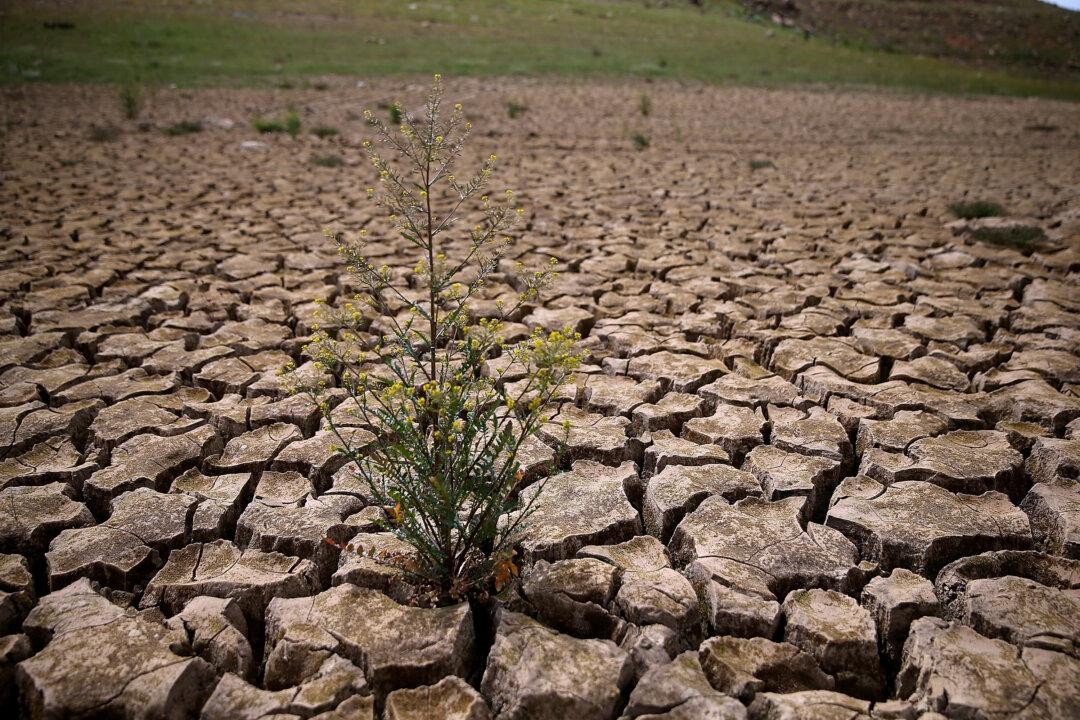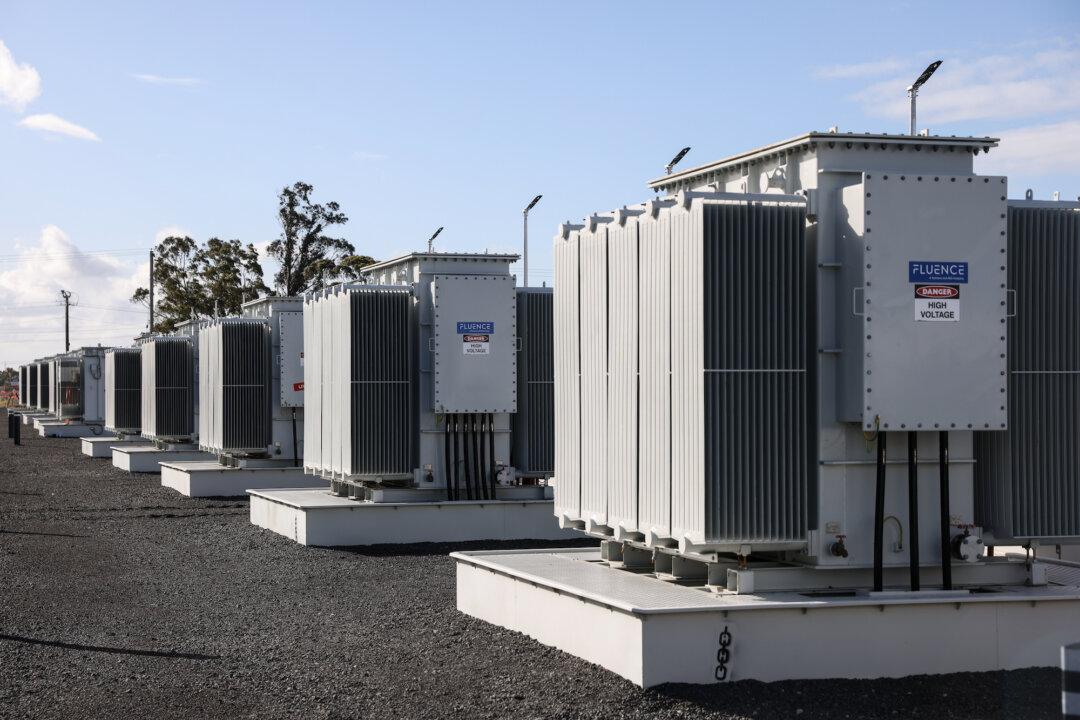Agricultural soil is an important resource for communities all over the world, not only because it provides humans with the majority of their food but because it also plays a major role in balancing the environment.
Soil researchers have said investing in soil could help the world tap into an untold resource against environmental challenges brought on by unpredictable climatic conditions.




